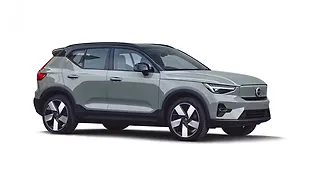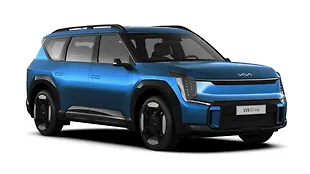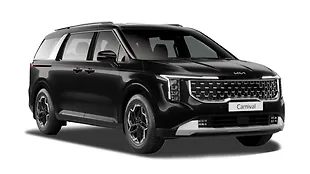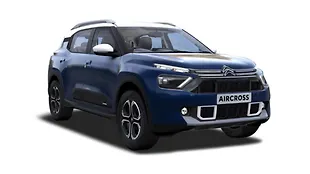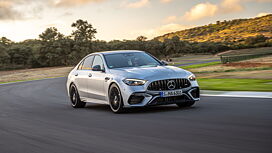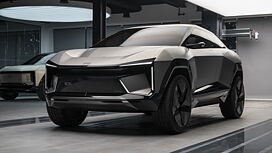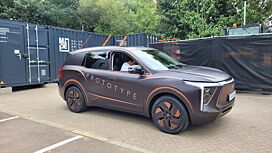What is it?

The Hyundai Elite i20 has been a popular choice since it first hit our roads in late 2014, with over 10,000 units finding buyers every month. It’s done well in all our previous tests as well, defeating the ever practical Honda Jazz and the crowd favourite, Maruti Suzuki Baleno (click here to read our three-way shootout).
Not too long ago, we also reviewed the refreshed 2018 Elite i20 with a 1.4-litre diesel and a 6-speed manual, but sometimes revisits are in order especially given the fact that nothing in the buzzing hatchback segment stays still for long. This time around, we have the petrol-CVT version on test which we think is the sweet spot in the range. More importantly, this new CVT model is considerably cheaper and better equipped than the previous i20 automatic. On paper, then, the Elite i20 CVT seems like a great deal, but does that translate to a practical and convenient city runabout? Read on to find out.

Now if you are wondering why this car looks a little different compared to the refreshed Elite i20 that we tested earlier this year (click here for our review), it’s because of the trim level – the CVT isn’t offered in the top-spec Asta (O) trim and the variances are apparent on the outside. You don’t get projector headlamps with daytime running lights, cornering lamps, chrome finish for the door handles and razor cut alloy wheels. All in all, it’s still got that wide, assertive stance and a well-balanced design that helps it attract buyers who want to be seen with their cars.
How is it on the inside?

The i20 CVT’s cabin feels premium for the money – there is soft-touch padding around the arm rest and top half of the dash, supplemented by silver trim highlights on the centre console. The dual tone dash is finished in black and an odd shade of light brown, however, the fit and finish is solid and better than the competition. Like the manual version, the only visible update over the old car comes in the form of some new buttons on the steering wheel and that’s about it.

The touchscreen infotainment system, identical to that in the manual version, is quick to respond and offers a crisp UI. The audio quality from the 4-speaker/4-tweeter is impressive, too. As for comfort, the seat fabric is new and although it may not look as plush as a full leather treatment, the seats themselves are adequately soft and comfortable. The rear isn’t short on space or comfort either – there is more than enough legroom and headroom and the low beltline means the visibility all around is great. The boot, meanwhile, remains the same at 285 litres, expanding to 1,042 litres when the rear seats are folded flat. There’s nothing really to fault in here except for the lack of equipment over the manual Asta (O) trim.

Speaking of equipment, this particular CVT Asta variant gets all the essentials including front airbags, ABS, touchscreen infotainment system, parking sensors with rear camera and height adjustable driver’s seat. That said, it misses out on some niceties such as automatic headlamps, keyless entry, projector headlamps, leather wrapped steering wheel and gearknob, parking sensor display and a rear wiper.
How does it drive?

The i20 automatic has come a long way in terms of drivetrain options. Unlike the old car which was powered by a 1.4-litre petrol motor and a 4-speed torque converter, this new version features a 1.2-litre 82bhp/115Nm engine with a 6-step CVT. Now for those looking for strong performance, this combination is not the i20’s finest feature - it would make for a better buy with more power and a more inspiring gearbox. However, get familiar with the CVT and you will, indeed, realize that it’s a smooth combination. This 1.2-litre motor is no powerhouse but for everyday city driving, its more than adequate – its responsive off the line and potent enough to keep you up with traffic.

It develops 115Nm of torque at 4,000rpm where the CVT invariably will hold the revs when you floor the accelerator, but there is no getting anywhere quickly, and not quietly either – the trademark rubber-band effect is noticeable even at part throttle, something which can be infuriating at times. Fortunately, there is a manual mode (but no paddle shifters) which gives you more control and makes spirited driving somewhat rewarding. All in all, the i20 CVT isn’t the punchiest premium automatic in its class but in urban conditions when the drivetrain isn’t under pressure, it’s smooth and efficient.
Like the manual version, the i20 CVT has had its rear suspension tweaked. By that we mean the damping has been changed to make the rear less bouncy at speed. At speed you can feel the upgraded rear-end improving the car’s highway manners, with less of the up-and-down movement. That said, if you decide to chuck the i20 through some corners, it's not going to set your world on fire – the steering feel is still inconsistent off centre and there is more body roll than what you would expect. On the plus side, the i20 retains its class leading refinement over bad roads – road noise is minimal and the suspension remains rather quiet as it irons out jittery surfaces.

Should I buy one?

There is a lot to like about the i20 CVT once you look beyond the uninspiring nature of the CVT and the mediocre power output. Having said that, neither is a deal breaker because the i20 CVT perfectly ticks off two major preferences of buyers in this segment – driving convenience and comfort. It looks upmarket, feels likewise inside and has plenty of space for a small family. The smooth CVT only adds to the convenience and makes the i20 a great all-rounder.
Where does it fit in?

The i20 CVT costs Rs 8.21 lakhs for the Magna Executive trim and Rs 9.49 lakhs for the Asta trim. This puts it in line with other premium automatic hatchbacks including the Honda Jazz and the Maruti Baleno. Whereas the Baleno is similarly priced (Rs 8.20 to Rs 9.71 lakhs), the Jazz is on the pricier side, ranging between Rs 10.03 lakhs and Rs 10.52 lakhs. All prices on-road Mumbai.

![Hyundai Elite i20 [2018-2019] Exterior Hyundai Elite i20 [2018-2019] Exterior](https://imgd.aeplcdn.com/642x361/cw/ec/35372/Hyundai-Elite-i20-Exterior-131652.jpg?wm=1&q=80)
![Hyundai Elite i20 [2018-2019] Right Front Three Quarter Hyundai Elite i20 [2018-2019] Right Front Three Quarter](https://imgd.aeplcdn.com/642x361/cw/ec/35372/Hyundai-Elite-i20-Right-Front-Three-Quarter-131657.jpg?wm=1&q=80)
![Hyundai Elite i20 [2018-2019] Right Rear Three Quarter Hyundai Elite i20 [2018-2019] Right Rear Three Quarter](https://imgd.aeplcdn.com/642x361/cw/ec/35372/Hyundai-Elite-i20-Right-Rear-Three-Quarter-131663.jpg?wm=1&q=80)
![Hyundai Elite i20 [2018-2019] Rear View Hyundai Elite i20 [2018-2019] Rear View](https://imgd.aeplcdn.com/642x361/cw/ec/35372/Hyundai-Elite-i20-Rear-view-131682.jpg?wm=1&q=80)
![Hyundai Elite i20 [2018-2019] Rear View Hyundai Elite i20 [2018-2019] Rear View](https://imgd.aeplcdn.com/642x361/cw/ec/35372/Hyundai-Elite-i20-Rear-view-131664.jpg?wm=1&q=80)
![Hyundai Elite i20 [2018-2019] Rear View Hyundai Elite i20 [2018-2019] Rear View](https://imgd.aeplcdn.com/642x361/cw/ec/35372/Hyundai-Elite-i20-Rear-view-131662.jpg?wm=1&q=80)
![Hyundai Elite i20 [2018-2019] Left Rear Three Quarter Hyundai Elite i20 [2018-2019] Left Rear Three Quarter](https://imgd.aeplcdn.com/642x361/cw/ec/35372/Hyundai-Elite-i20-left-rear-three-quarter-131661.jpg?wm=1&q=80)
![Hyundai Elite i20 [2018-2019] Left Side View Hyundai Elite i20 [2018-2019] Left Side View](https://imgd.aeplcdn.com/642x361/cw/ec/35372/Hyundai-Elite-i20-Left-Side-View-131684.jpg?wm=1&q=80)
![Hyundai Elite i20 [2018-2019] Image Hyundai Elite i20 [2018-2019] Image](https://imgd.aeplcdn.com/272x153/cw/ec/32953/Hyundai-Elite-i20-Exterior-118748.jpg?wm=0&q=80)










